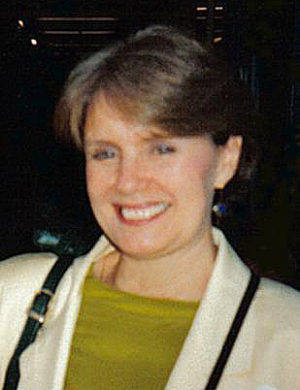
Nancy Huntting, Aesthetic Realism consultant, writes:
When we read a book—are we hoping to know and honestly like the world? In marriage, should we have the same hope? But is there also another, warring hope we have: to dislike things, people, the world itself? Our biggest inward battle is described and made sense of in “About Books and Marriage,” the magnificent, moving new issue of The Right of Aesthetic Realism to Be Known.
The commentary by Ellen Reiss begins:
Dear Unknown Friends:
We conclude here our serialization of Reading Itself Has to Do with Poetry, by Eli Siegel. This 1972 lecture has his vast knowledge and scholarship at one with ease, humor, everydayness. And we see: reading as such is described—as poetry and all art are—by the Aesthetic Realism principle “All beauty is a making one of opposites, and the making one of opposites is what we are going after in ourselves.”
Using passages from the book Good Reading, edited by J.S. Weber, Mr. Siegel has been speaking about such opposites as randomness and plan, wandering and point. Now, much present though unstated in the section printed here, is the question How is the way a writer has seen and portrayed a character different from how we see people? Also: What makes a literary work immortal? Aesthetic Realism is the knowledge that answers those questions.
The World Is There
Take the matter of characters: in every character that remains, that is big and has lasted, a writer has us feel the world itself, become ever so particular. There is, in Tolstoy’s War and Peace, the character of Natasha. She is a Russian young woman, like ever so many not in novels. But Tolstoy has us feel, pulsating in her, opposites that make reality: spontaneity and restraint; freshness and bitterness; courage and timidity; a tremendous and subtle for-and-against. And, Aesthetic Realism shows, this fact is urgent, because we need to see people, whether close to us or far away, not just “personally,” in terms of ourselves, but as having reality in them, with its vibrant and permanent opposites.
In this section too, through an alphabetical list from Good Reading, we feel something of the huge difference-and-relatedness among all literature. A work can be followed in a list by a work that seems utterly different—and yet they have literature in common: that is, each in its own way is fair to what the world is—the world in its largeness.
There Is Marriage
We include too part of a paper that Aesthetic Realism consultant Meryl Nietsch-Cooperman presented this month at a public seminar titled “Every Wife’s Unseen Battle: Do I Hope to Like Things—or Hope to Be Displeased?”…Read More